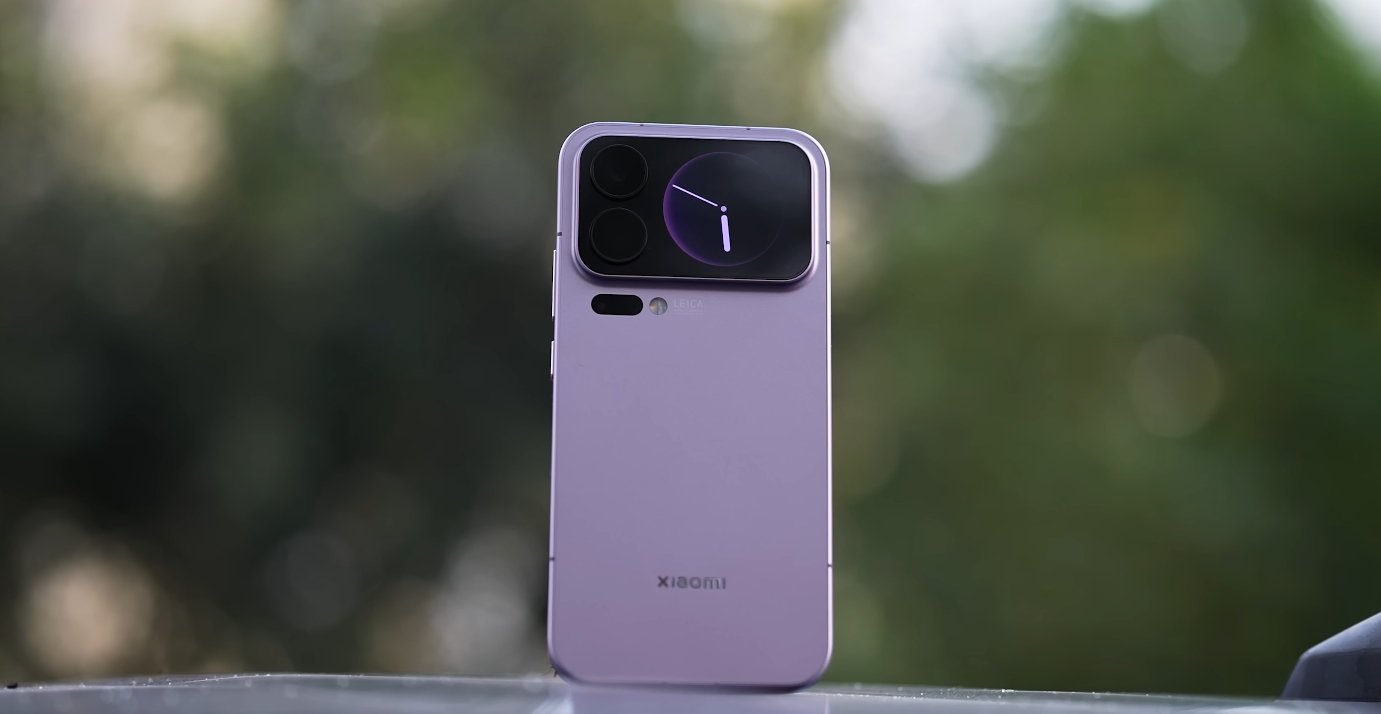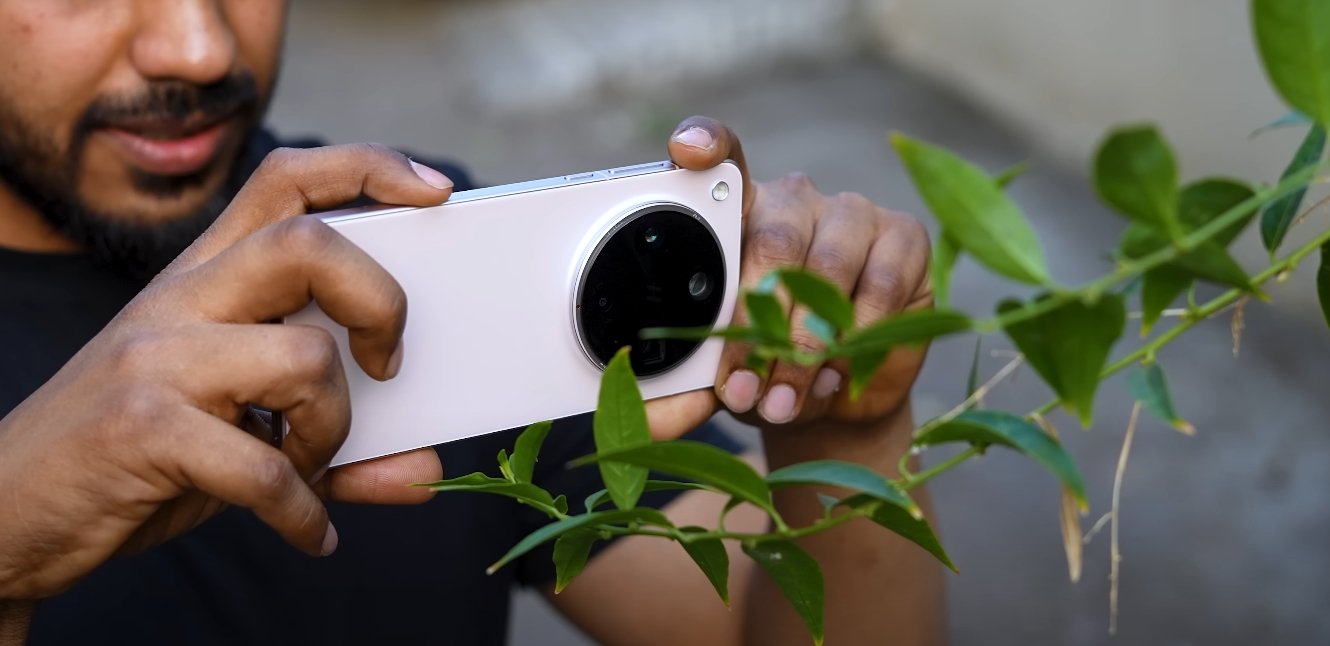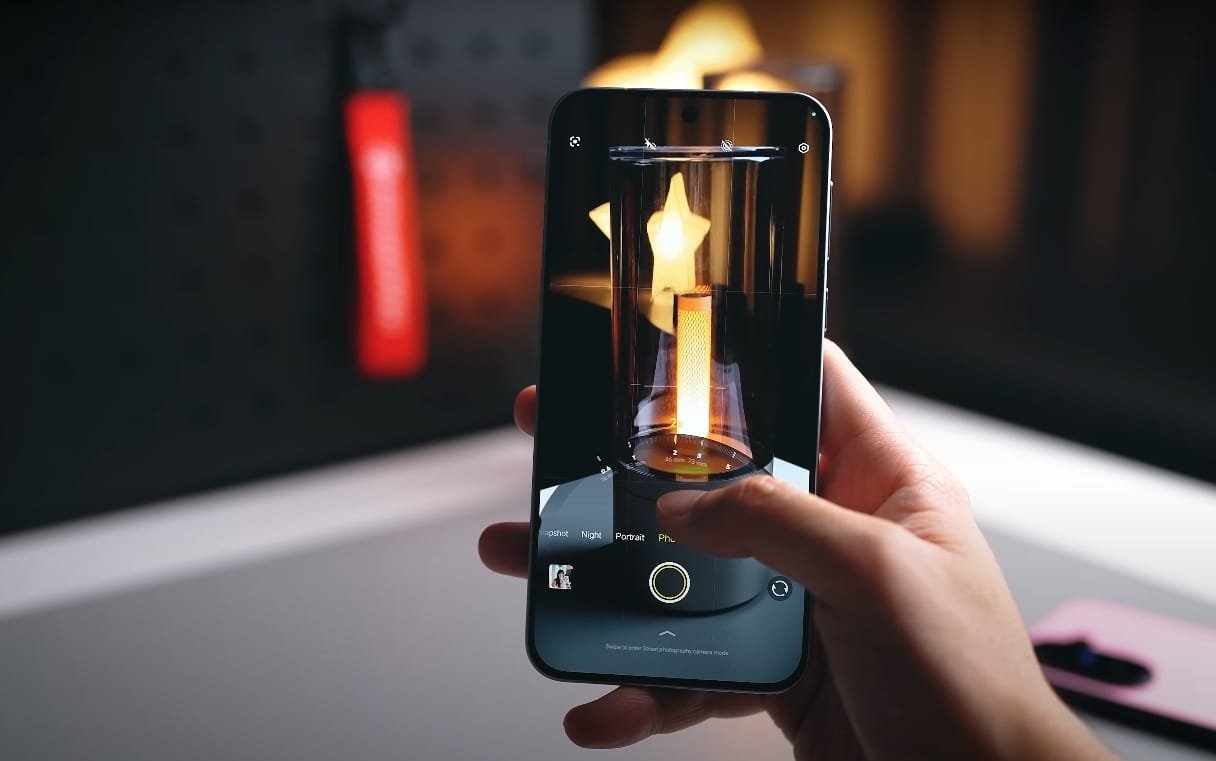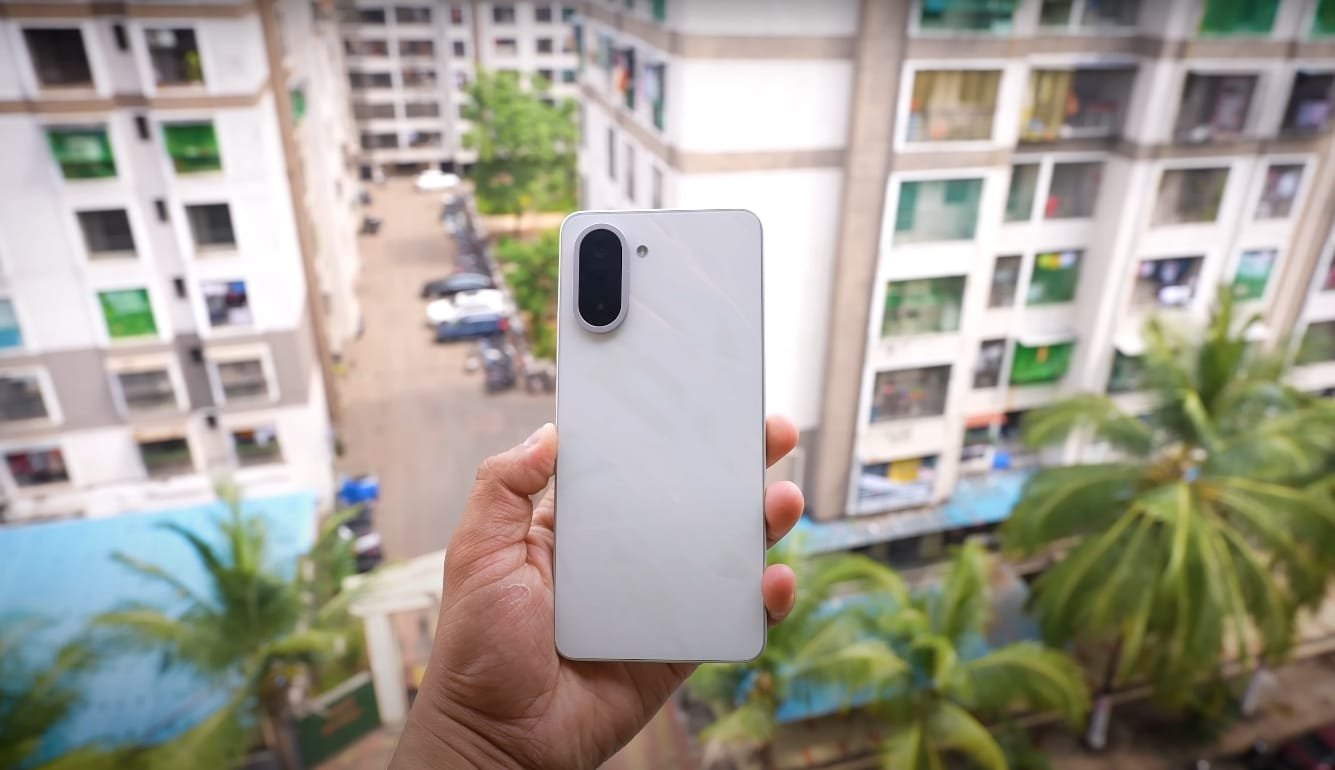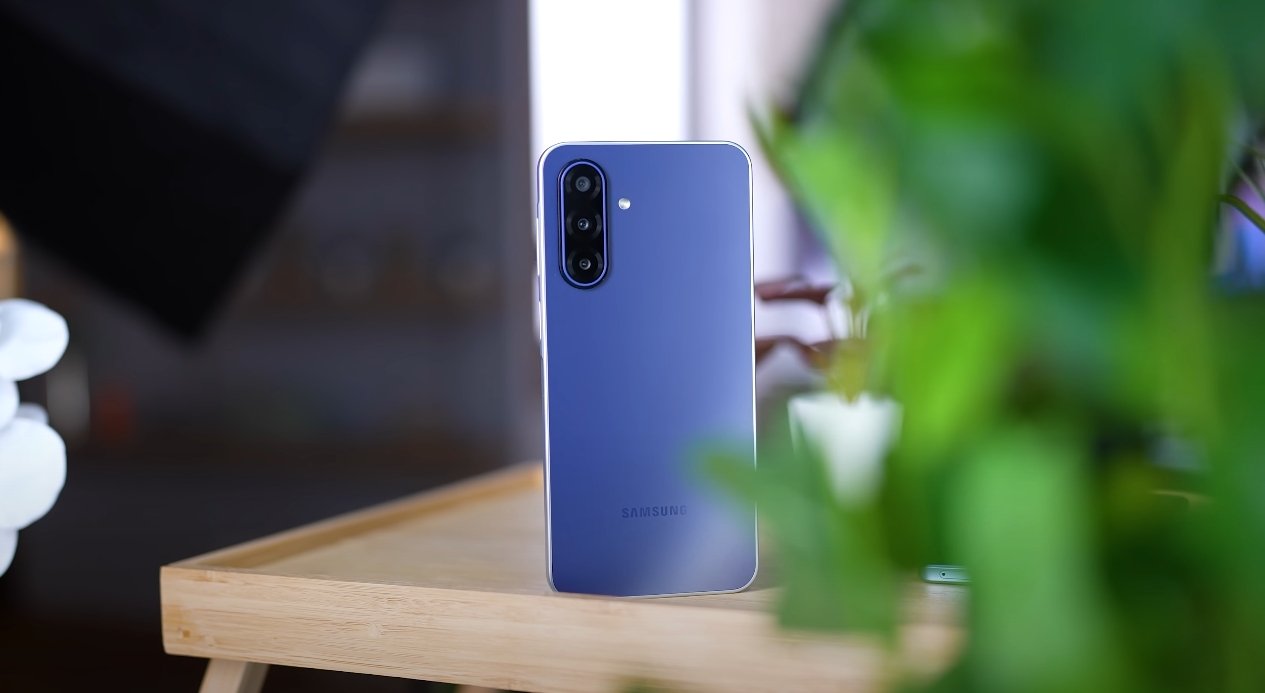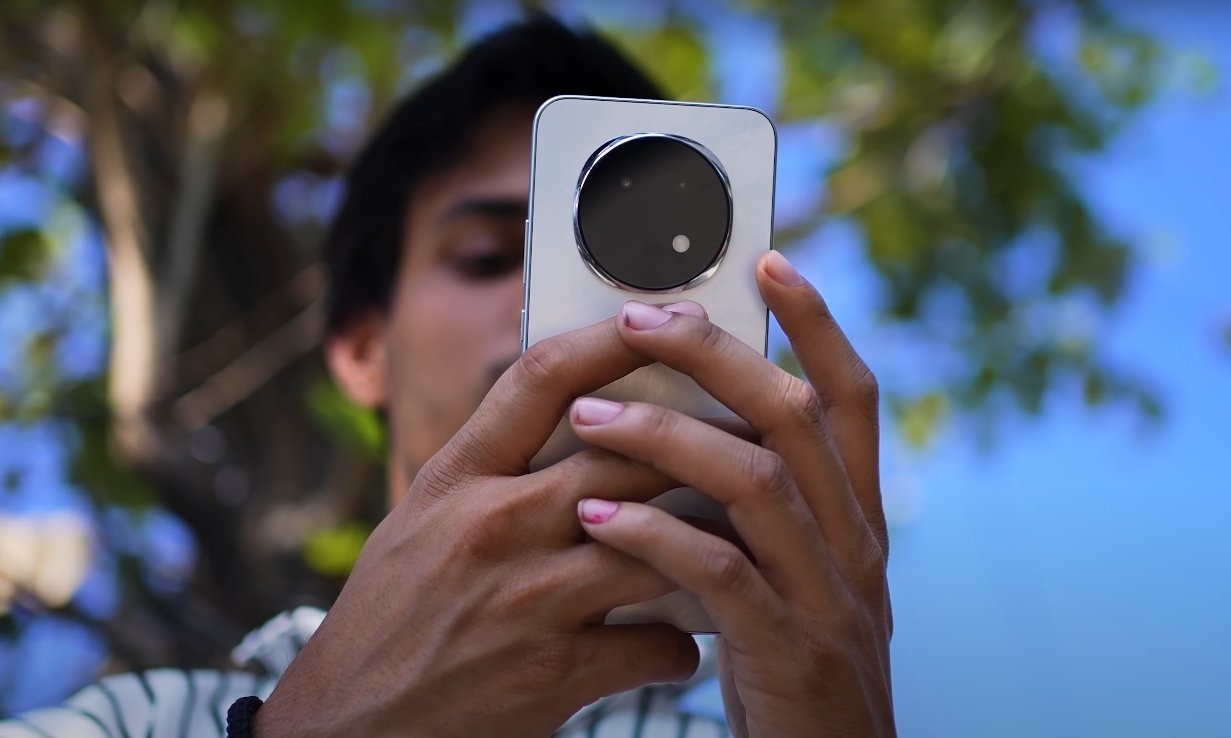In-Depth Look at Xiaomi 17 Pro Max and 17 Pro
Xiaomi’s 17 series brings two flagship models to the market: the Xiaomi 17 Pro and the Xiaomi 17 Pro Max. While both share the same core hardware and software features, there are notable differences in size, display, battery, and overall user experience. This comparison highlights how these two devices differ and what each offers to potential buyers.
Starting with design, the Xiaomi 17 Pro is more compact, measuring 151.1 × 71.8 × 8 mm and weighing 192 grams, while the Pro Max is larger at 162.9 × 77.6 × 8 mm and weighs 219 grams. Both phones feature premium materials, IP68 water and dust resistance, and a secondary rear AMOLED display. The Pro Max has a slightly larger secondary screen (2.9 inches) compared to the Pro (2.7 inches), making it more suitable for notifications, selfies, and quick interactions without opening the main display.
The main display also shows differences. The Pro has a 6.3-inch AMOLED panel with a pixel density of 464 PPI, giving it sharper visuals in everyday use. The Pro Max steps up to a 6.9-inch AMOLED screen, slightly larger but with a marginally lower pixel density of 416 PPI. Both displays feature LTPO technology and a 1–120Hz adaptive refresh rate, supporting HDR10+ and Dolby Vision. The Pro Max’s larger screen provides a more immersive viewing experience, while the Pro’s smaller, higher-density display offers crisper text and icons.
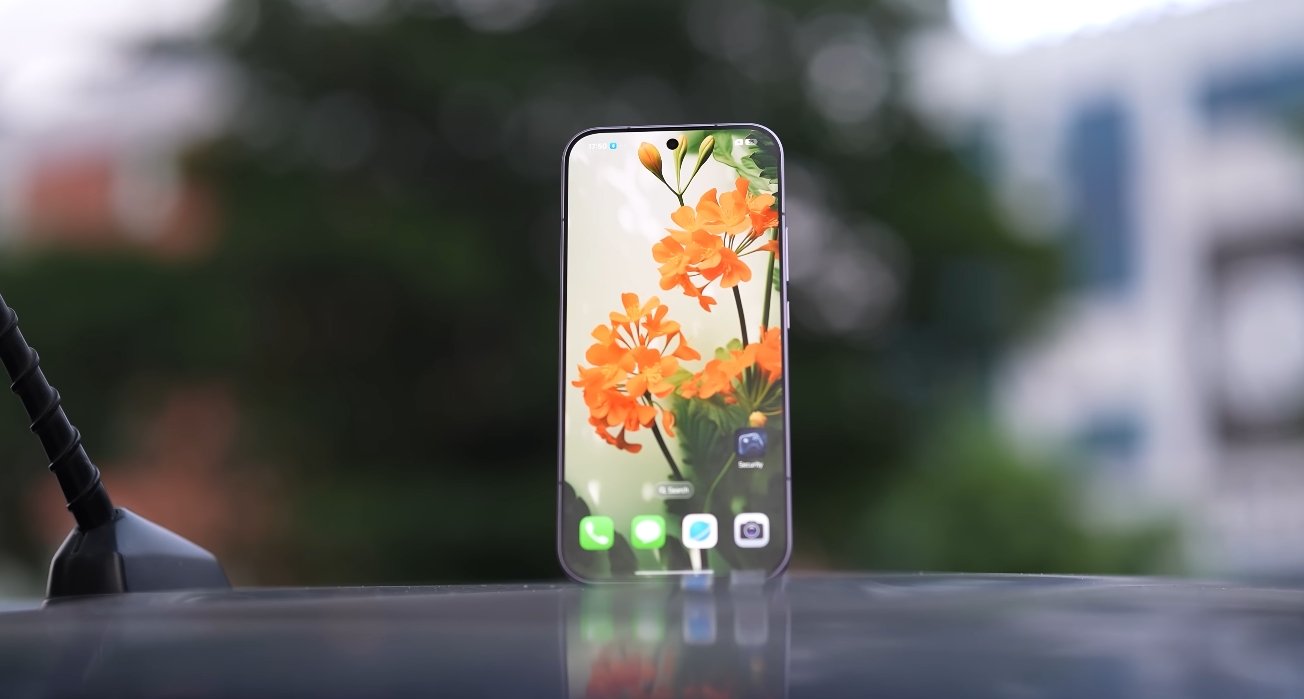
Performance-wise, both models are powered by the Snapdragon 8 Elite Gen 5 processor, paired with up to 16GB of RAM and UFS 4.1 storage. Benchmark tests show minimal differences between the two, although the Pro Max occasionally edges ahead in multi-core tasks due to its slightly better thermal management. For gaming, multitasking, and productivity, both phones deliver flagship-level speed and responsiveness without noticeable lag.
Camera systems are identical, featuring a triple 50MP setup co-engineered with Leica. This includes a main wide sensor, an ultra-wide lens, and a telephoto lens with 2.6x optical zoom. Both devices support advanced photography modes, AI enhancements, and high-quality video recording, ensuring similar performance in photo and video capture. Users will not see major differences between the two in daily photography.
Battery capacity is a major differentiator. The Xiaomi 17 Pro has a 6,300mAh battery, while the Pro Max packs a massive 7,500mAh cell. Both support 100W wired charging, 50W wireless charging, and reverse wireless charging. The Pro Max’s larger battery ensures longer screen-on time, especially for gaming or streaming media, making it ideal for heavy users. The Pro’s battery is still impressive but may require more frequent charging under intense usage.
Software is consistent across both devices, with Xiaomi’s HyperOS 3 based on Android 16. Both phones support the Dynamic Back Display, offering quick access to notifications, music controls, and other widgets. The user experience is smooth, responsive, and feature-rich, with no differences in software functionality.
Pricing reflects these differences. The Xiaomi 17 Pro starts at approximately $700, while the 17 Pro Max starts around $840. The higher price of the Pro Max is justified by its larger display, bigger battery, and slightly better performance under heavy loads. Buyers looking for a compact flagship may prefer the Pro, while those seeking maximum screen real estate and endurance will lean toward the Pro Max.
In conclusion, the Xiaomi 17 Pro and 17 Pro Max are both outstanding flagship devices. The Pro Max excels in display size, battery life, and sustained performance, making it ideal for power users and media enthusiasts. The Pro offers a more compact design with a slightly sharper display, suitable for users who prefer one-handed use or a smaller footprint. Both deliver exceptional performance, cameras, and software experience, leaving the choice largely dependent on personal preference and usage priorities.
Also Read:
